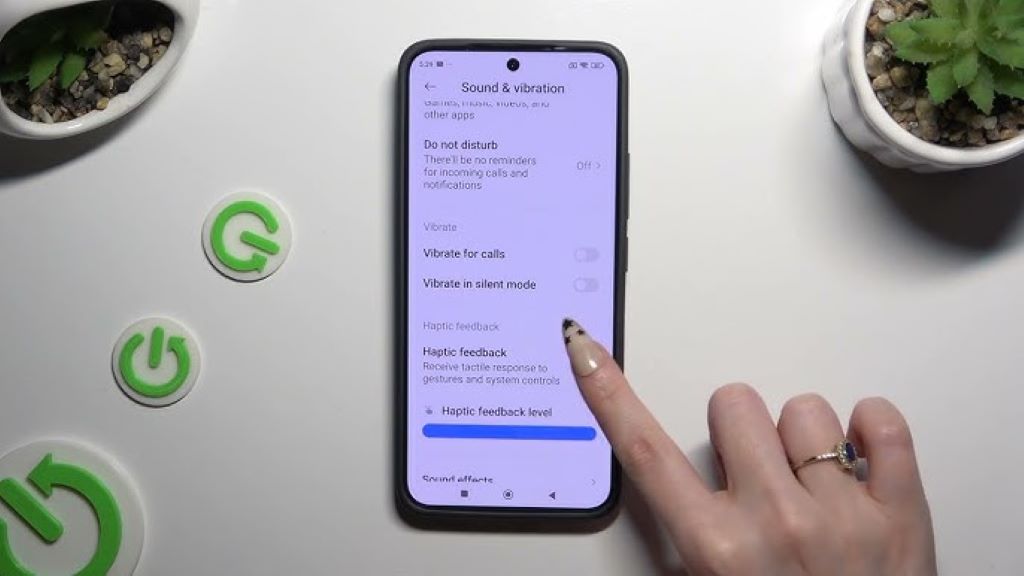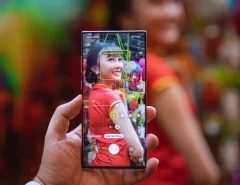In the ever-evolving world of mobile technology, haptic feedback – the vibrations and sensations a device produces to simulate the feeling of touch – has emerged as a key component of the user experience. No longer just a simple buzz, haptics have become sophisticated systems designed to enhance interactions, provide feedback, and even immerse users in gaming and entertainment.
But not all haptic systems are created equal. In this article, we delve into the different types of haptic technologies found in mobile devices, exploring their strengths, weaknesses, and the impact they have on how we use our smartphones and tablets.
Understanding the Basics: What is Haptic Feedback?
Haptic feedback, at its core, is the tactile response a device generates to mimic physical sensations. These sensations can range from subtle taps and vibrations to more complex textures and patterns. The technology behind haptics typically involves small motors or actuators that create movement within the device, resulting in the sensations felt by the user.
Types of Haptic Systems
- Eccentric Rotating Mass (ERM) Motors:
- How They Work: ERM motors are the simplest and most common type of haptic actuator. They contain an off-center weight that, when spun, creates vibration.
- Pros: Inexpensive, readily available.
- Cons: Limited control over vibration intensity and direction, can be noisy.
- Linear Resonant Actuators (LRAs):
- How They Work: LRAs use a magnetic mass that moves linearly back and forth, creating more precise and controlled vibrations.
- Pros: Sharper, crisper feedback, less noise, can simulate a wider range of sensations.
- Cons: More expensive than ERM motors.
- Piezoelectric Actuators:
- How They Work: Piezoelectric materials expand and contract in response to electrical voltage, creating vibrations.
- Pros: Extremely fast response times, can produce high-frequency vibrations for subtle feedback.
- Cons: Typically used for smaller, localized haptics (like a button press).
Haptics in the Real World: Mobile Applications
- Typing: The subtle “click” you feel when typing on a virtual keyboard is haptic feedback. LRAs are often favored for this as they provide a more satisfying and responsive experience than ERM motors.
- Notifications: Haptic patterns can distinguish between different types of notifications, allowing you to feel the difference between a text message, an email, or an alarm.
- Gaming: Haptics can add a layer of immersion by simulating the feeling of explosions, impacts, or even the texture of different surfaces.
- Accessibility: Haptic feedback can be invaluable for users with visual impairments, providing tactile cues for navigation and interaction. This technology enhances the user experience by allowing individuals to receive notifications and alerts through touch, even when sound is not an option. For example, understanding how to play haptics in silent mode meaningfully contributes to this accessibility, ensuring that users can still feel notifications without disturbing their environment.
The Future of Haptics
The potential for haptic technology in mobile devices is vast and still largely untapped. We can expect to see:
- More Sophisticated Haptic Effects: As actuators become smaller and more powerful, we’ll likely experience a wider range of haptic sensations, including textures, pressure, and even temperature changes.
- Haptic Displays: Imagine a screen that not only shows you an image but also allows you to feel the texture of the objects within it. This could revolutionize online shopping, gaming, and even social interaction.
- Health and Wellness: Haptics could be used in wearable devices to monitor heart rate, breathing, and other vital signs, providing subtle feedback to encourage healthy habits.
Conclusion
Haptic feedback is more than just a gimmick; it’s a fundamental part of the mobile experience. As technology continues to advance, the way we interact with our devices will become increasingly tactile, intuitive, and immersive. The next time you feel a buzz or tap from your phone, take a moment to appreciate the intricate dance of technology that’s creating that sensation – it’s a small but significant part of the future of mobile interaction.






Leave a Reply